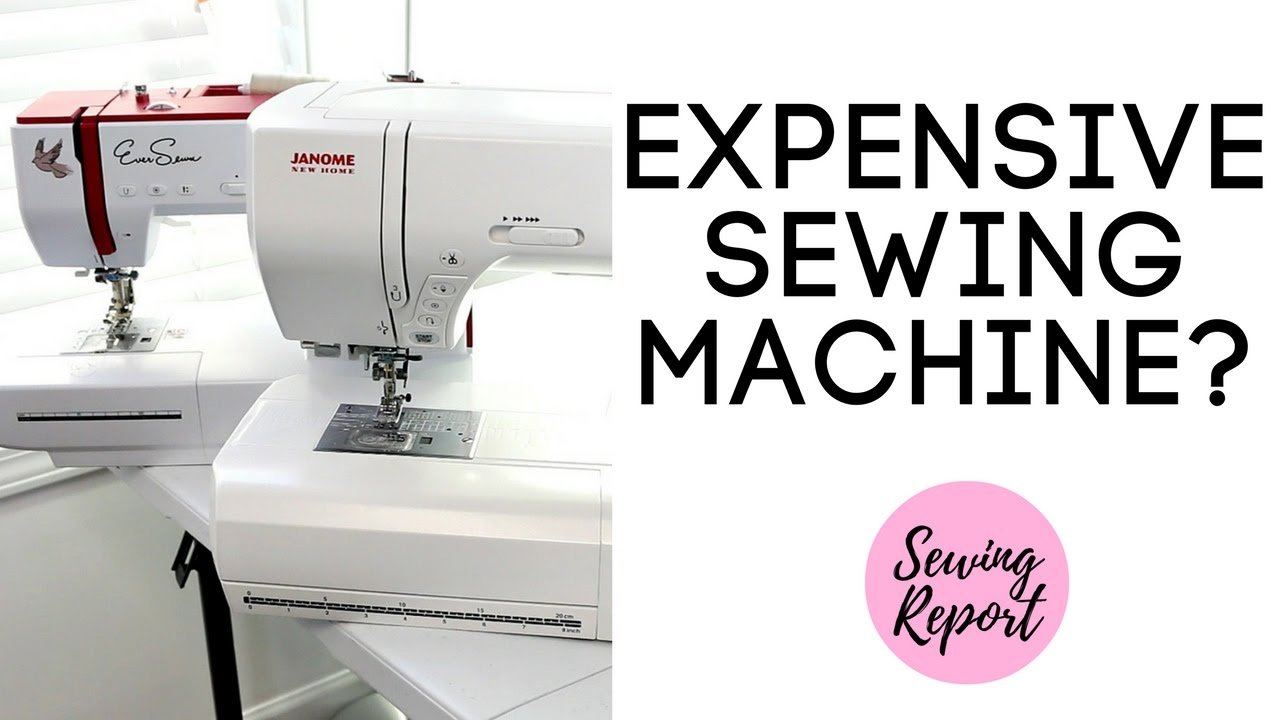Difference between cheap and expensive sewing machine?
Difference between cheap and expensive sewing machine?
The difference between cheap and expensive sewing machines lies in various factors including build quality, features, performance, and user experience. Here is a detailed comparison: juki machine in chennai
Build Quality
Cheap Sewing Machines:
- Materials: Often constructed with more plastic components which can be less durable.
- Durability: May not be suitable for heavy or prolonged use, leading to quicker wear and tear.
- Weight: Lighter in weight, making them easier to transport but potentially less stable during use.
Expensive Sewing Machines:
- Materials: Use higher-quality materials, including more metal components, resulting in greater durability.
- Durability: Built to withstand heavy use and last for many years, even with regular, intensive sewing.
- Weight: Heavier and more stable, providing better performance and reducing vibrations during sewing.
Features
Cheap Sewing Machines:
- Basic Functions: Typically offer essential functions such as straight stitch, zigzag stitch, and a few other basic stitches.
- Stitch Options: Limited number of built-in stitches and fewer decorative or specialty stitches.
- Automation: Basic models may lack automatic features such as needle threaders, thread cutters, and automatic tension control.
Expensive Sewing Machines:
- Advanced Functions: Include a wide range of stitches, including decorative, quilting, and embroidery stitches.
- Stitch Options: Hundreds of built-in stitches, offering more creative possibilities for various projects.
- Automation: More automatic features like one-step buttonholes, automatic thread cutting, programmable stitch patterns, and touch screens for easy navigation.
Performance
Cheap Sewing Machines:
- Speed: Generally slower, suitable for light to medium sewing tasks.
- Power: Less powerful motors that may struggle with thicker fabrics or multiple layers.
- Precision: May lack the precision of more advanced machines, leading to less consistent stitch quality.
Expensive Sewing Machines:
- Speed: Higher sewing speeds, making them suitable for more intensive and professional sewing tasks.
- Power: Powerful motors that can handle thick fabrics, multiple layers, and heavy-duty projects with ease.
- Precision: High precision in stitch quality, ensuring consistent results even on intricate or complex projects.
User Experience
Cheap Sewing Machines:
- Ease of Use: Generally simpler and easier to use, which can be beneficial for beginners.
- Learning Curve: Shorter learning curve due to fewer features and simpler controls.
- Maintenance: Might require more frequent maintenance and repairs.
Expensive Sewing Machines:
- Ease of Use: Often come with more features that, while powerful, can be more complex to learn initially.
- Learning Curve: Longer learning curve but greater versatility and functionality once mastered.
- Maintenance: Built for long-term use with less frequent need for repairs, often supported by comprehensive warranties and customer service.
Additional Considerations
- Noise Levels: Expensive machines are often quieter due to better construction and insulation.
- Accessories: Higher-end machines typically come with a variety of presser feet, extension tables, and other accessories.
- Software and Connectivity: Advanced models may include options for software updates, USB ports, and connectivity for importing custom designs or patterns.
Conclusion
Choosing between a cheap and an expensive sewing machine depends on your sewing needs, budget, and experience level. For beginners or those with basic sewing needs, a cheap sewing machine may suffice and provide a good starting point. However, for experienced sewists or those looking to take on more complex projects, an investment in an expensive sewing machine can offer greater functionality, durability, and overall sewing satisfaction. sewing machine price in chennai

